A game-changing drone delivery initiative is poised to revolutionize healthcare access for Smith Island’s isolated residents, backed by a $1.76 million U.S. Department of Transportation grant, according to the University of Maryland’s recent announcement.
Remote Community Faces Critical Healthcare Challenges
Smith Island, home to about 200 residents and situated 10 miles off Maryland‘s Eastern Shore, currently faces significant healthcare accessibility challenges. The historic fishing community straddles the Maryland-Virginia border and relies on a single daily ferry for medical supplies and prescriptions. “When the ice is heavy it can take six hours to get there—if you can go at all,” says Eddie Somers, president of Smith Island’s quasi-governmental body. In some cases, residents have had to depend on ice-breaking boats to deliver critical medications like cancer drugs.
From Military Experience to Civilian Innovation
John Slaughter, a retired Navy helicopter pilot with extensive military systems engineering experience, now leads the University of Maryland’s Uncrewed Aircraft Systems Research and Operations Center (UROC). After learning about costly emergency helicopter dispatches for medicine delivery during winter freezes, Slaughter recognized an opportunity for Drone Technology to provide a more efficient solution.
“That helicopter costs thousands of dollars an hour to operate when you consider fuel, maintenance, flight crew and ground crew,” Slaughter explained, highlighting the cost-effectiveness of drone alternatives.
Project Scope and Implementation
The program, developed in partnership with the Maryland Department of Planning, aims to establish regular drone delivery routes between mainland and island while accelerating medical shipments and lab sample transport. Governor Wes Moore endorsed the initiative, stating, “All Marylanders deserve equitable access to health care and health care resources. This funding will strengthen our capacity to support our rural communities.”
Timeline and Regulatory Changes
The project’s timeline aligns with anticipated FAA regulatory changes in early 2026 that will permit beyond visual line of sight (BVLOS) drone operations. Implementation will begin with recruitment of private contractors for drone construction and operation, followed by initial testing near Crisfield before expanding to cross-bay operations. Ultimately, Slaughter envisions developing a broader Chesapeake Bay drone-delivery hub.
Community Impact and Healthcare Benefits
Janet Tyler, EMT captain for Smith Island’s volunteer Firefighters, emphasizes the program’s potential impact: “Twenty-four hours can be the difference between a hospital stay and an easy fix.” The drone program will transform care for elderly and homebound residents, veterans requiring access to specific military-approved pharmacies, and patients requiring rapid lab sample processing. Perhaps most crucially, it will ensure emergency medicine delivery during weather-related isolation.
Regional Collaboration
The initiative has sparked broader regional cooperation, with partnerships forming between Old Dominion University for similar services to Virginia’s Tangier Island, UMD Eastern Shore’s Department of Engineering and Aviation Science, the School of Pharmacy, and Salisbury-based TidalHealth for patient care coordination.
DroneXL’s Take
This initiative represents a significant advancement in drones for good applications, particularly in healthcare delivery. Following the success of programs like UROC’s historic 2019 kidney transport flight, the Smith Island project could serve as a blueprint for other isolated communities facing similar healthcare access challenges. The project aligns with broader industry trends, as major players like Amazon, Walmart, Mayo Clinic, and Cleveland Clinic are already piloting similar drone delivery programs with FAA approval. This vital step toward merging public health needs with innovative drone technology could reshape rural healthcare delivery across America.
What are your thoughts on using drones to revolutionize medical supply delivery to remote communities? Share your perspective in the comments below.
Discover more from DroneXL.co
Subscribe to get the latest posts sent to your email.
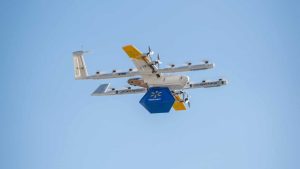
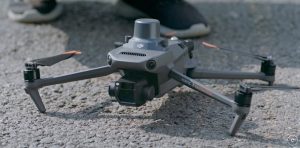


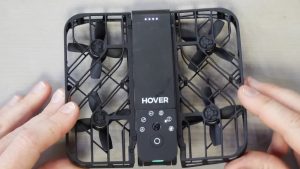
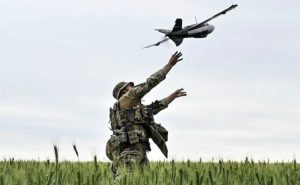


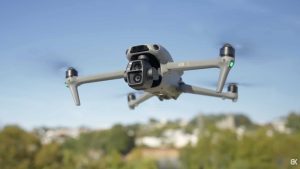
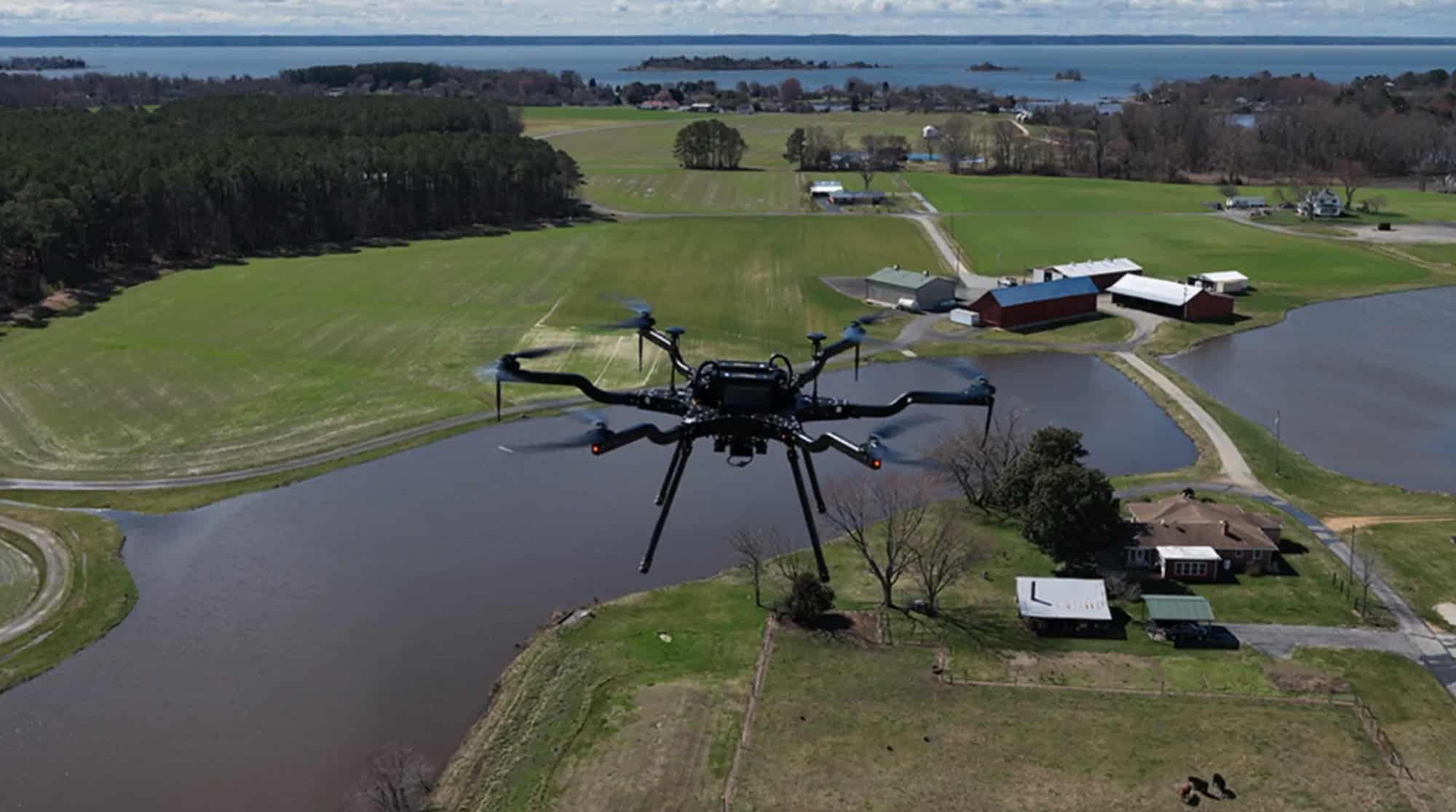
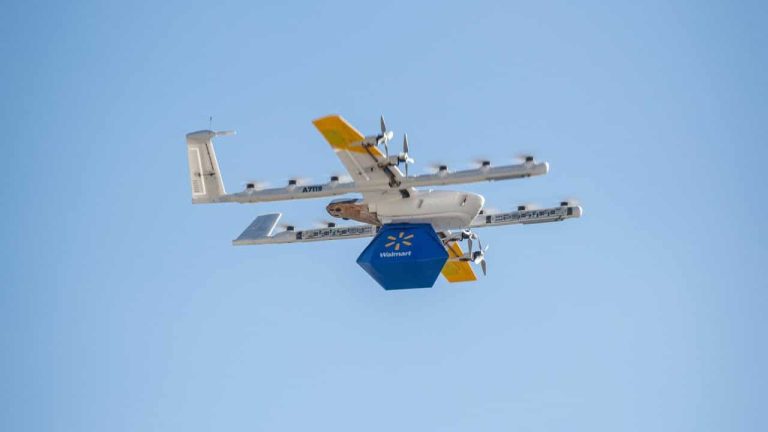
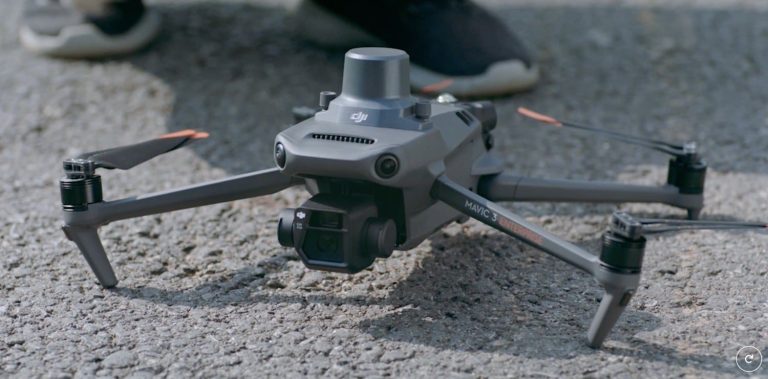

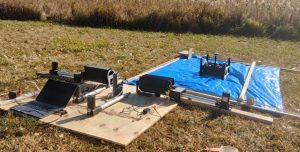
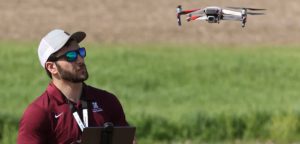
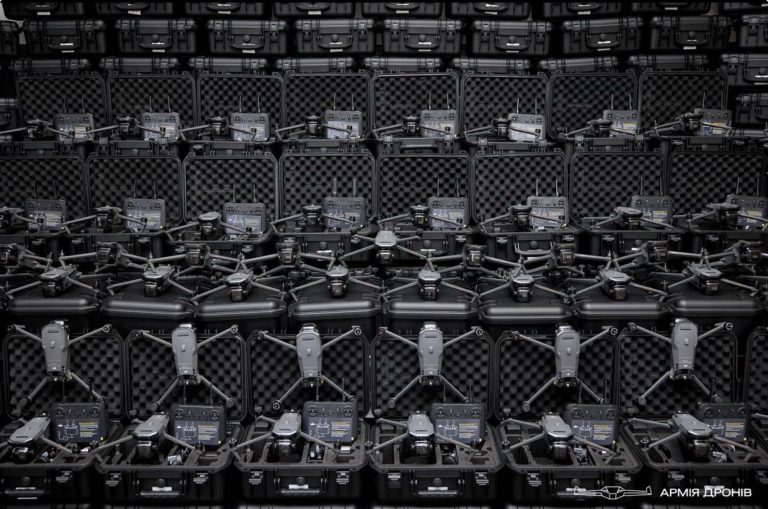

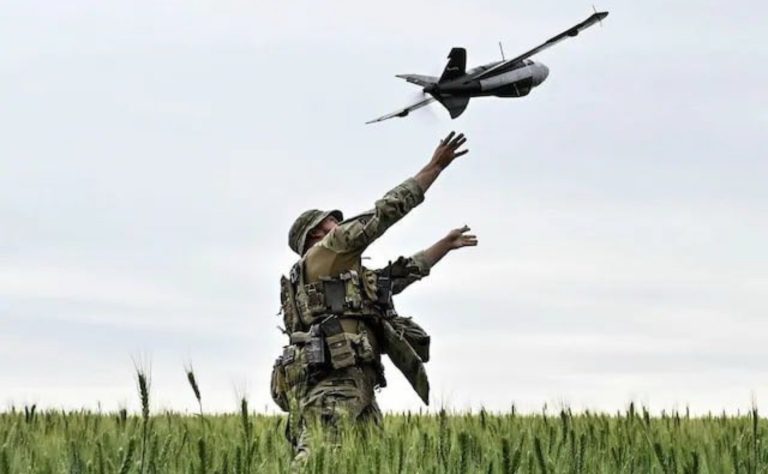


+ There are no comments
Add yours